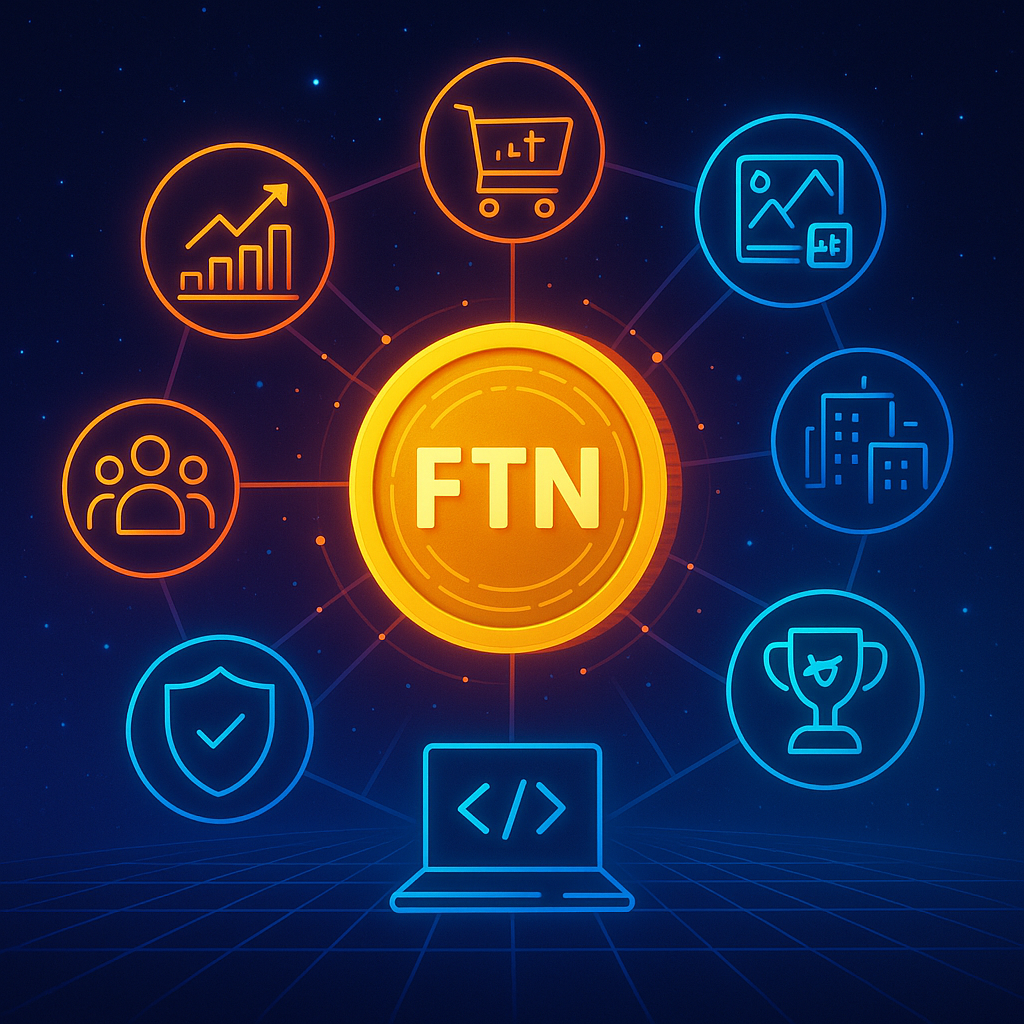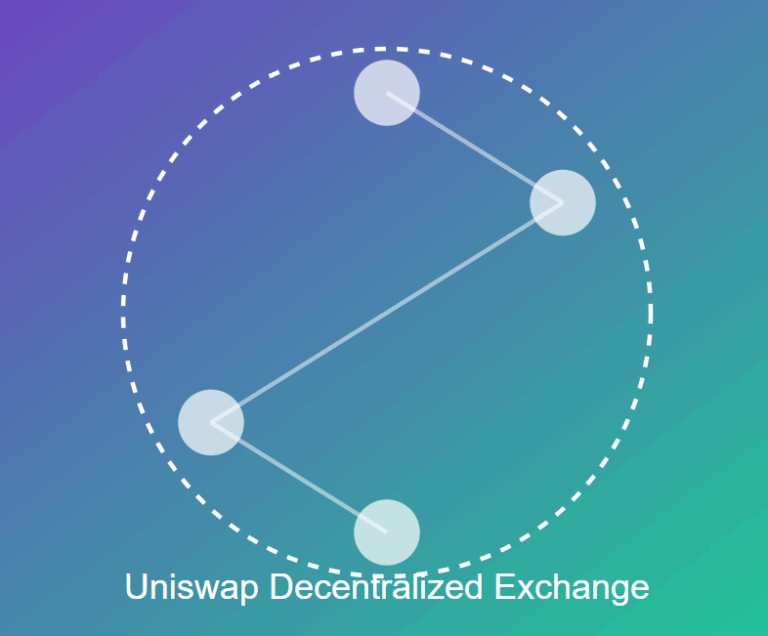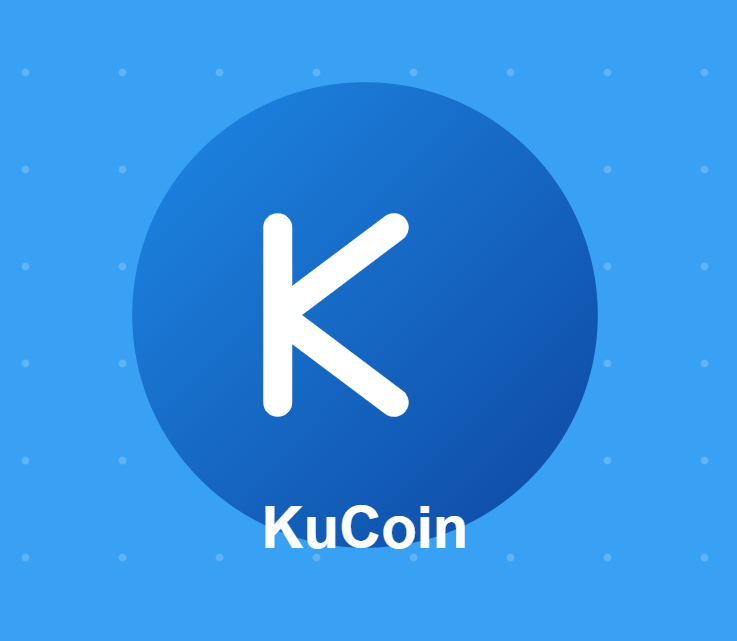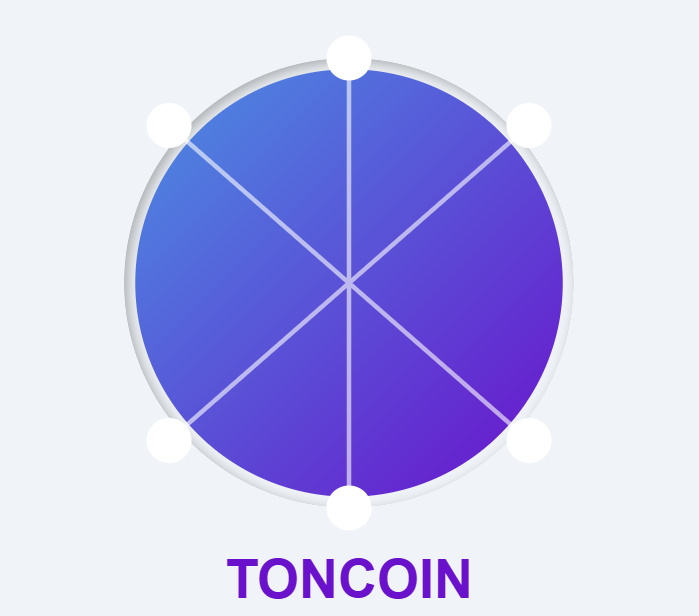
Fasttoken (FTN)
Introduction
In the vast and often volatile ocean of cryptocurrencies, where thousands of tokens fight for relevance, Fasttoken (FTN) has emerged not merely as another speculative asset but as a comprehensive, visionary project rooted in technology, utility, and community. As the official cryptocurrency of the Fastex ecosystem and the native coin of the Bahamut blockchain, Fasttoken represents a fusion of cutting-edge blockchain architecture with real-world use cases that extend far beyond trading charts and price speculation. This is not just a token—it is a foundation for a fully decentralized digital economy.
This story of Fasttoken spans technological innovation, ecosystem development, strategic growth, and most importantly, community empowerment. It’s a story that exemplifies the new age of Web3, decentralized finance, and digital interaction.
1. The Birth of an Idea
Before Fasttoken became the lifeblood of the Bahamut blockchain, it began as a conceptual solution to a common industry problem: the disconnect between blockchain capabilities and real-world applications. Many projects claimed revolutionary changes, but few could demonstrate meaningful impact or scalability. The team behind Fasttoken sought to change this paradigm.
The founders envisioned a token that wasn’t just built to be traded but designed to be used—in games, marketplaces, payment systems, and the metaverse. This vision set the stage for what would eventually become the Fastex ecosystem, a collection of digital platforms that would integrate Fasttoken into their core operations.
Initially launched on Ethereum as an ERC-20 token, Fasttoken began by leveraging one of the most secure and decentralized networks available. But from the outset, there were ambitions to move beyond Ethereum’s limitations. The roadmap always included building a proprietary blockchain—one tailor-made to support the token’s future utility and scalability requirements. Thus, Bahamut was born.
2. The Bahamut Blockchain: Building the Future
Bahamut, Fasttoken’s homegrown blockchain, was not merely created to offer faster transactions or lower gas fees. Instead, it was designed with a novel philosophy—merge performance with purpose. Its innovative Proof of Stake and Activity (PoSA) consensus mechanism is central to this goal.
In most PoS systems, validators are selected based on the quantity of tokens they stake. While this encourages investment, it often leads to centralization and stagnation. Bahamut’s PoSA model adds another layer: validators must demonstrate activity. In practice, this means that they are also evaluated based on the amount of useful computation their smart contracts generate.
Activity is measured via gas consumption across the blockchain, which incentivizes validators not only to stake but also to build and maintain popular, useful applications. The result? A blockchain that rewards participation and contribution, not just ownership. This change reshapes the economic dynamics and aligns network security with ecosystem development.
Bahamut is designed for resilience and scalability, allowing seamless deployment of smart contracts, decentralized applications, and high-throughput transactions. It is a chain built not just for speed, but for substance.
The blockchain is optimized for scalability without compromising security, thanks to its layer-1 architecture that can support thousands of transactions per second (TPS). In addition, Bahamut incorporates modularity in its core design, allowing the seamless integration of future upgrades and technologies such as zero-knowledge rollups, cross-chain bridges, and privacy enhancements.
3. The Fastex Ecosystem: Interconnected Utility
A token without a purpose is simply a digital placeholder. The Fastex ecosystem was designed to ensure that Fasttoken had multiple, interconnected roles that extended throughout a user’s digital life.
- Fastex Exchange: More than just a trading platform, this exchange is designed with interoperability in mind. It offers not only spot and OTC trading but integrates directly with Fastex Pay, ftNFT, and even the FastexVerse. The exchange serves as both an entry point and a utility hub for FTN.
- Fastex Pay: A dynamic crypto payment gateway that supports seamless conversion between crypto and fiat. Users can shop online, pay in-store, or even withdraw cash at integrated ATMs. Fasttoken’s role here is as the primary medium of exchange and settlement.
- ftNFT Marketplace: This platform supports both seasoned artists and newcomers to the NFT space. It allows users to mint, trade, auction, and showcase NFTs, with all transactions powered by FTN. This integration extends FTN into the digital art and collectibles space, opening new doors for creators.
- FastexVerse: The ecosystem’s own metaverse, where users can explore virtual cities, attend events, and socialize via customizable avatars. In the FastexVerse, FTN becomes the currency for everything—from land purchases and event tickets to virtual goods and services.
- Web3 Gaming Hub: An essential part of Fastex’s strategy is to integrate FTN into the rapidly growing world of blockchain-based gaming. With over 100 partner games, FTN becomes not only a transactional asset but also a component of in-game economies, tournaments, and reward systems.
- Token Staking and Yield Farming: Users are incentivized to hold and stake FTN through yield-generating mechanisms. This not only secures the network but creates an additional income stream for token holders. Staking also gives users governance power over ecosystem proposals, ensuring democratic participation.
- Merchant Integrations: A growing list of online and brick-and-mortar merchants now accept FTN as a form of payment. By bridging the digital and physical economies, Fasttoken positions itself as a viable medium for everyday transactions.
- Loyalty and Reward Programs: FTN is being increasingly used in loyalty programs where users are rewarded for brand engagement, repeat purchases, or community activity. Unlike traditional points systems, FTN rewards have actual value and can be used across the ecosystem.
- Education and Learning Platforms: Fastex is also launching educational platforms powered by Fasttoken, where users can pay for courses or earn tokens by completing blockchain-related content, thereby promoting crypto literacy globally.
These platforms form an integrated loop, with Fasttoken at the center. Whether you’re gaming, attending a digital concert, purchasing art, or trading assets, FTN is involved at every step.
4. Empowering Developers and Innovators
Fasttoken’s success is not merely a product of top-down vision. It is also the result of bottom-up innovation. The Bahamut blockchain was built with developers in mind, offering extensive documentation, SDKs, and grant programs to incentivize ecosystem growth.
Developers are rewarded not only through traditional grants but also via the PoSA mechanism. The more interaction their smart contracts generate, the more influence and reward they receive as validators. This gamification of development fosters a thriving environment where innovation is not just encouraged—it’s rewarded in real-time.
Additionally, the ecosystem has hosted multiple hackathons and challenges, attracting talent from around the world. These events help discover promising projects, some of which have gone on to become core dApps within the Fastex ecosystem.
Fasttoken also supports open-source contributions and developer-led initiatives. Tools like FastBridge and Bahamut Explorer have been developed through collaborative community effort, further strengthening the network’s technical foundation.
The upcoming Developer Launchpad will give further momentum to project incubation. New ideas will receive seed funding, mentorship, infrastructure support, and early access to community users—all backed by FTN.
5. Security and Compliance in a Decentralized World
Security in the crypto world is paramount. Fasttoken’s architecture incorporates multiple layers of protection, both at the smart contract level and in its operational infrastructure. Bahamut’s validators undergo stringent criteria to ensure they meet performance and security standards.
From biometric authentication to multi-sig wallets and real-time monitoring, security is baked into every aspect of the ecosystem. Moreover, the Fastex Wallet includes KYC integration, allowing for compliance with global financial regulations without compromising decentralization.
The ecosystem also supports security audits for smart contracts, encouraging best practices and responsible development. A decentralized bug bounty program rewards ethical hackers for identifying vulnerabilities, reinforcing user trust.
While decentralization remains the goal, the team acknowledges the necessity of compliance to enable broader adoption. By implementing a hybrid model—decentralized on-chain activity with regulated access points—the Fasttoken ecosystem manages to balance user freedom with legal integrity.
Moreover, Fasttoken is actively developing features like user-controlled privacy settings, decentralized identity protocols (DIDs), and reputation scores to enhance user security while keeping the experience seamless and inclusive.
6. Real World Impact and Global Reach
The influence of Fasttoken has not been confined to tech enthusiasts or blockchain developers. Its practical applications have extended to industries like hospitality, online retail, ticketing, and even education.
In certain regions, local businesses have begun accepting FTN for services ranging from restaurant meals to concert tickets. Educational institutions have started to experiment with issuing blockchain-based certificates using the Bahamut chain, with FTN used for validation and timestamping.
Fasttoken has also sponsored community initiatives, such as providing FTN rewards for educational courses on blockchain, organizing virtual cultural festivals in the FastexVerse, and launching social impact projects that leverage the blockchain to provide transparency in charitable donations.
FTN is also being used in loyalty and rewards programs, allowing businesses to incentivize customer engagement in innovative ways. The token’s real-world reach is expanding steadily, making it a practical, usable digital asset with tangible benefits.
New pilots are also being explored in logistics and supply chain, using Fasttoken to tokenize goods and track shipments transparently on Bahamut. These applications show promise for revolutionizing how businesses manage operations and reduce fraud.
7. The Community: Heartbeat of the Network
No blockchain project can thrive without its community. The Fasttoken community is a vibrant, diverse, and international collective of developers, gamers, artists, traders, and casual users. Their involvement goes beyond governance votes or social media buzz—they actively shape the ecosystem.
Community proposals on Bahamut are taken seriously. Some of the most-used features today were first suggested by users on public forums. A community-run council also reviews grant applications, ensuring that ecosystem growth reflects the desires and needs of its user base.
The Fastex team frequently hosts AMAs, Twitter Spaces, and interactive sessions in the FastexVerse. These events aren’t just for announcements—they are feedback loops, enabling continuous co-creation between developers and users.
With the launch of community staking pools, members can band together to support validators and earn rewards. This reinforces the sense of ownership and collective progress.
Fasttoken also runs a robust ambassador program that empowers users to spread awareness, organize events, and onboard new users globally. In return, ambassadors earn rewards and gain exclusive access to beta features.
8. Looking Ahead: The Road to Decentralized Sovereignty
Fasttoken’s journey is far from over. As the ecosystem expands, the roadmap includes:
- Launching a decentralized identity system (DID) to further integrate privacy-preserving authentication.
- Enabling cross-chain bridges with major blockchains like Solana, BNB Chain, and Ethereum to improve liquidity and interoperability.
- Expanding the validator program to include more community-run nodes, reinforcing decentralization.
- Introducing a universal reputation score based on wallet activity, enabling personalized dApp experiences across the Fastex ecosystem.
- Hosting global developer summits and community-led conferences to promote collaboration and innovation.
In addition to these goals, the team is exploring zero-knowledge proof integrations, sustainable tokenomics models, and governance enhancements. Fasttoken aims to become not just a leading blockchain project, but a catalyst for a new digital civilization built on transparency, autonomy, and shared value.
Plans also include launching an eco-conscious layer-2 sidechain for environmentally-sensitive applications and forging institutional partnerships to onboard fintech players.
Conclusion: More Than a Token
Fasttoken’s story is one of transformation—from a simple utility token on Ethereum to the cornerstone of a sprawling decentralized ecosystem. Its growth is a testament to what can be achieved when vision, technology, and community align.
By merging the technical innovation of Bahamut’s PoSA mechanism with the real-world utility of the Fastex ecosystem, Fasttoken stands as a blueprint for what the next generation of cryptocurrencies can become. It doesn’t just facilitate transactions; it creates experiences, enables creativity, fosters innovation, and empowers individuals.
As the world continues to shift toward decentralized systems, Fasttoken is positioned not merely as a participant but as a leader—a decentralized powerhouse paving the way for a more open, inclusive, and technologically advanced future.
The story of Fasttoken is still being written. But its first chapters are nothing short of revolutionary.



